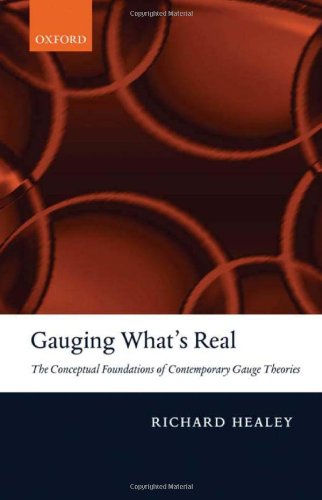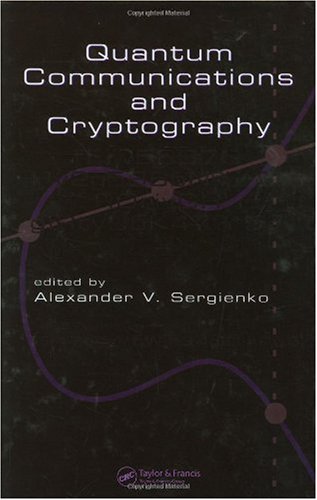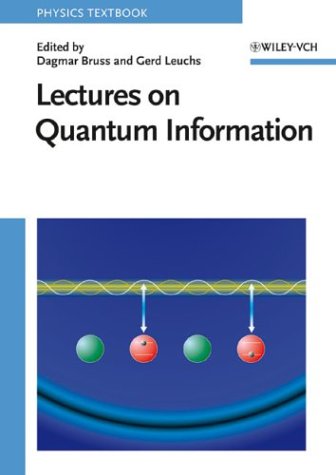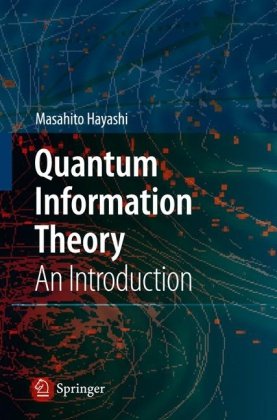Richard Healey0199287961, 9781435624153, 9780199287963, 0199576939, 9780199576937
Table of contents :
Contents……Page 6
Preface……Page 10
Acknowledgements……Page 14
Introduction……Page 16
1. What is a gauge theory?……Page 22
1.1 Classical electromagnetism: a paradigm gauge theory……Page 24
1.2 A fiber bundle formulation……Page 28
1.2.1 Electromagnetic interactions of quantum particles……Page 35
1.2.2 Electromagnetic interactions of matter fields……Page 39
2. The Aharonov–Bohm effect……Page 42
2.1 Fiber bundles……Page 47
2.2 A gauge-invariant, local explanation?……Page 52
2.3 Geometry and topology in the Aharonov–Bohm effect……Page 61
2.4 Locality in the Aharonov–Bohm effect……Page 65
2.5 Lessons for classical electromagnetism……Page 75
3.1 Non-Abelian Yang–Mills theories……Page 79
3.1.1 The fiber bundle formulation……Page 85
3.1.2 Loops, groups, and hoops……Page 91
3.1.3 Topological issues……Page 95
3.2 A fiber bundle formulation of general relativity……Page 98
3.2.1 A gravitational analog to the Aharonov–Bohm effect……Page 99
4. Interpreting classical gauge theories……Page 103
4.1 The no gauge potential properties view……Page 104
4.2 The localized gauge potential properties view……Page 106
4.2.1 Problems defining theoretical terms……Page 112
4.2.2 Leeds’s view……Page 120
4.2.3 Maudlin’s interpretation……Page 123
4.3 The non-localized gauge potential properties view……Page 125
4.4 A holonomy interpretation……Page 132
4.4.1 Epistemological considerations……Page 133
4.4.2 Objections considered……Page 140
4.4.3 Semantic considerations……Page 143
4.5 Metaphysical implications: non-separability and holism……Page 144
5. Quantized Yang–Mills gauge theories……Page 150
5.1 How to quantize a classical field……Page 152
5.2 Coulomb gauge quantization……Page 154
5.3 Lorenz gauge quantization……Page 156
5.4 Classical electromagnetism as a constrained Hamiltonian system……Page 157
5.5 The free Maxwell field as a Hamiltonian system……Page 160
5.6 Path-integral quantization……Page 162
5.7 Canonical quantization of non-Abelian fields……Page 164
5.8 Path-integral quantization of non-Abelian fields……Page 166
5.9 Interacting fields in the Lagrangian formulation……Page 167
6. The empirical import of gauge symmetry……Page 170
6.1 Two kinds of symmetry……Page 171
6.2 Observing gauge symmetry?……Page 176
6.3 The gauge argument……Page 180
6.4 Ghost fields……Page 188
6.5 Spontaneous symmetry-breaking……Page 190
6.6 The θ-vacuum……Page 196
6.7 Anomalies……Page 203
7. Loop representations……Page 205
7.1 The significance of loop representations……Page 206
7.2 Loop representations of the free Maxwell field……Page 207
7.3 Loop representations of other free Yang–Mills fields……Page 213
7.4 Interacting fields in loop representations……Page 216
7.5 The θ-vacuum in a loop representation……Page 218
7.6 Conclusion……Page 219
8.1 Auyang’s event ontology……Page 221
8.2 Problems of interpreting a quantum field theory……Page 224
8.2.1 Particle interpretations……Page 226
8.2.2 Bohmian interpretations……Page 230
8.2.3 Copenhagen interpretations……Page 233
8.2.4 Everettian interpretations……Page 236
8.2.5 Modal interpretations……Page 239
9. Conclusions……Page 241
A. Electromagnetism and its generalizations……Page 250
B. Fiber bundles……Page 254
C. The constrained Hamiltonian formalism……Page 269
D. Alternative quantum representations……Page 278
E. Algebraic quantum field theory……Page 286
F.1 The Copenhagen interpretation……Page 293
F.2 Bohmian mechanics……Page 295
F.3 Everettian interpretations……Page 297
F.4 Modal interpretations……Page 299
Bibliography……Page 301
C……Page 308
E……Page 309
F……Page 310
G……Page 311
K……Page 312
M……Page 313
P……Page 314
Q……Page 315
S……Page 316
T……Page 317
Y……Page 318







Reviews
There are no reviews yet.